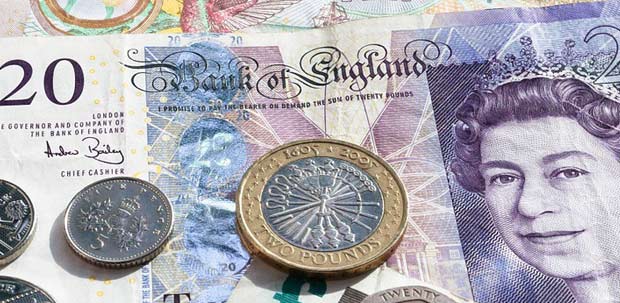With so many factors to consider, issuing divorce proceedings is always an overwhelming process. The initial reaction for most couples will usually be to consider the division of savings, home ownership and making arrangements for any necessary childcare. Pensions can often be an afterthought, but are crucial to safeguarding your long-term wellbeing.
A pension is often a person’s most valuable asset, or it will be when it comes to being paid, so it should be a major consideration in settling the financial aspects of divorce.
When it comes to dealing with pension rights on divorce there are three main options for you to consider: offsetting, attachment, and pension sharing.
This is the traditional approach for many couples, where the value of your pension is offset against the other matrimonial assets in play.
For example, you may get a larger share of the marital home in return for your former partner retaining their pension.
Offsetting can be a simple solution, but won’t always be ideal depending on your individual circumstances. Indeed, this may not be effective in some cases, for instance, if one party has built up a large pension and there are no other assets as valuable to offset against it.
During the offsetting process the court will consider all of the financial resources available to both parties, this is often referred to as the “matrimonial pot”. It is often advisable to instruct a pension expect, such as an actuary, especially if there is a pension of significant value.
This is an order which means that a portion of the pension is “earmarked” for the “non-member” spouse to claim upon the retirement of their ex-partner (i.e. the existing pension member).
Pension Attachment Orders allow pension payments to be made to the “non-member” spouse. The court can direct the trustees or managers of the pension scheme to pay either the whole amount or just part of that lump sum, when it’s eventually due, to the “non-member” spouse.
Pension attachments are usually deferred until the “member spouse” retires. One problem with this is that the “non-member” has no control over when they will receive this money. Furthermore it could be problematic especially if the “existing member” decides to retire early or late.
Pension sharing is usually the best option to take for a couple wanting a clean break. This option means splitting the pension so that the pension benefits are physically subdivided at the time of the divorce.
Pension sharing means that you get a percentage share of your ex partner’s pension, which can either be transferred into a pension in your name or be obtained by joining your ex partners pension scheme. Both parties will then have two entirely separate pensions which they can contribute to in the future in the normal way.
The benefit of a pension share is that both parties are able to take immediate control over their own pension provisions, and you don’t have to wait for your ex-spouse to retire. It also allows for a clean break to be made. However, it is always best to seek independent financial advice when it comes to considering your pension.
“Pensions can often be an afterthought, but are crucial to safeguarding your long-term wellbeing”
Jennifer Carr | Matrimonial Solicitor
Paul Crowley & Co, Solicitors


